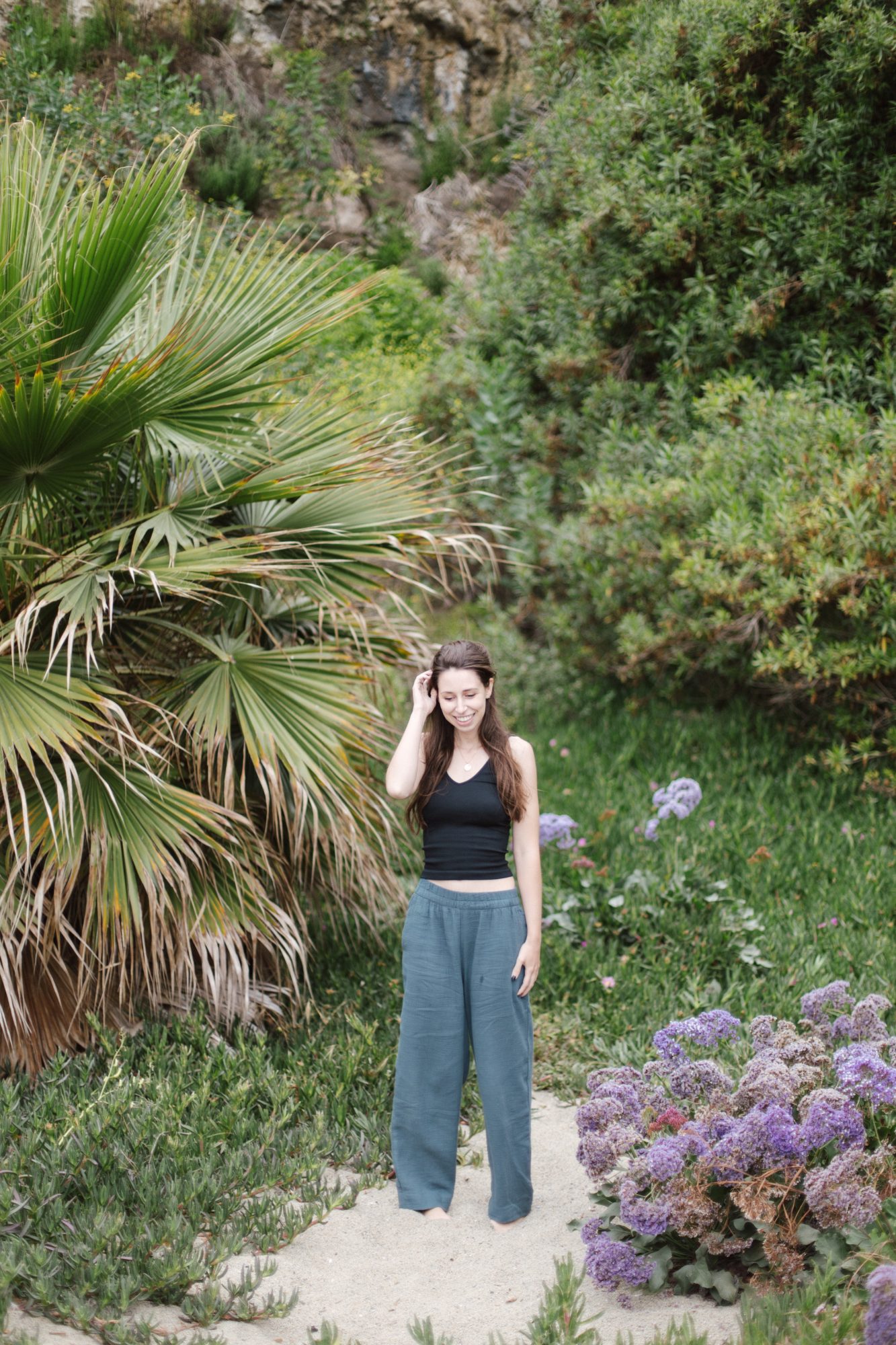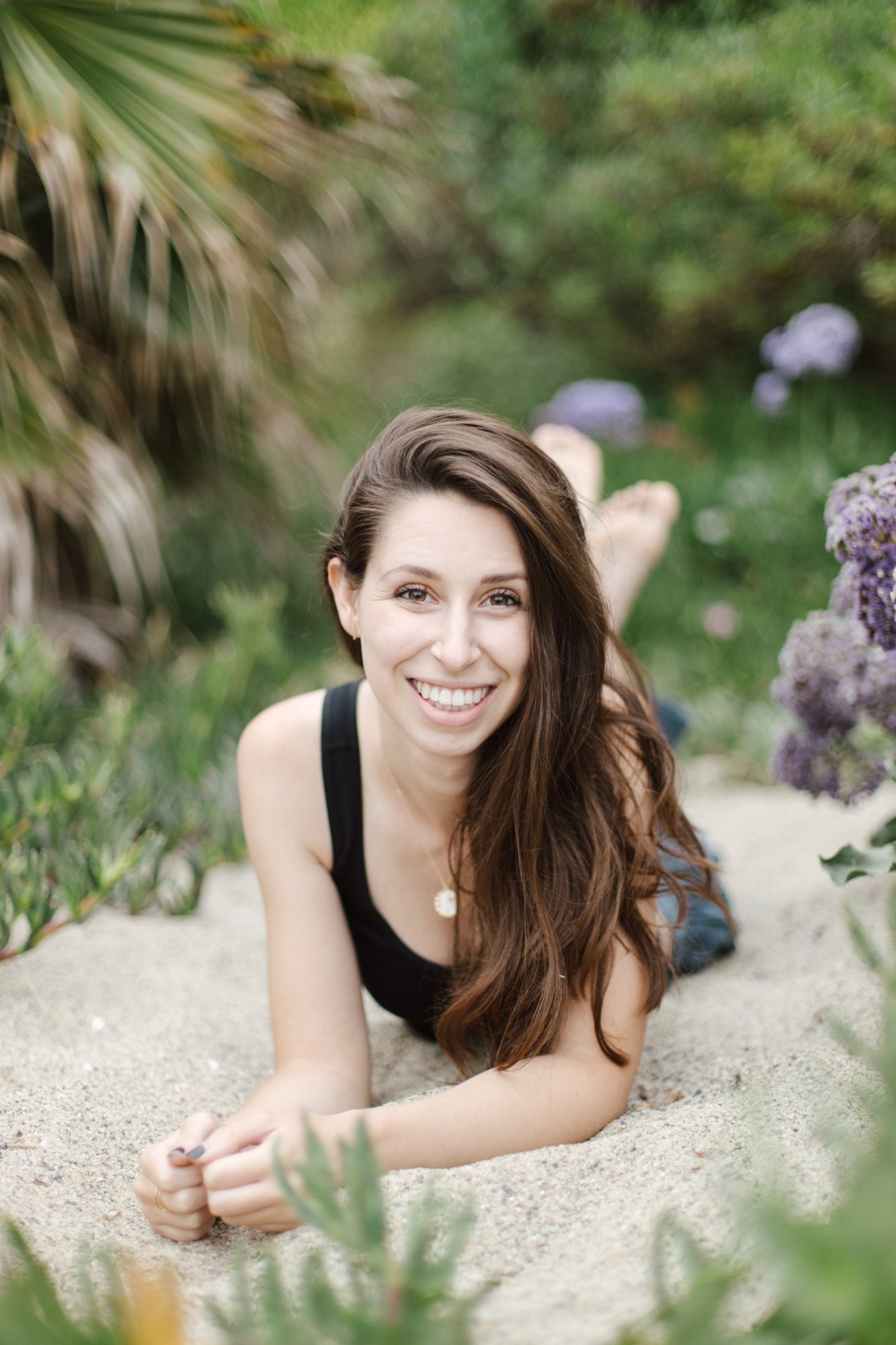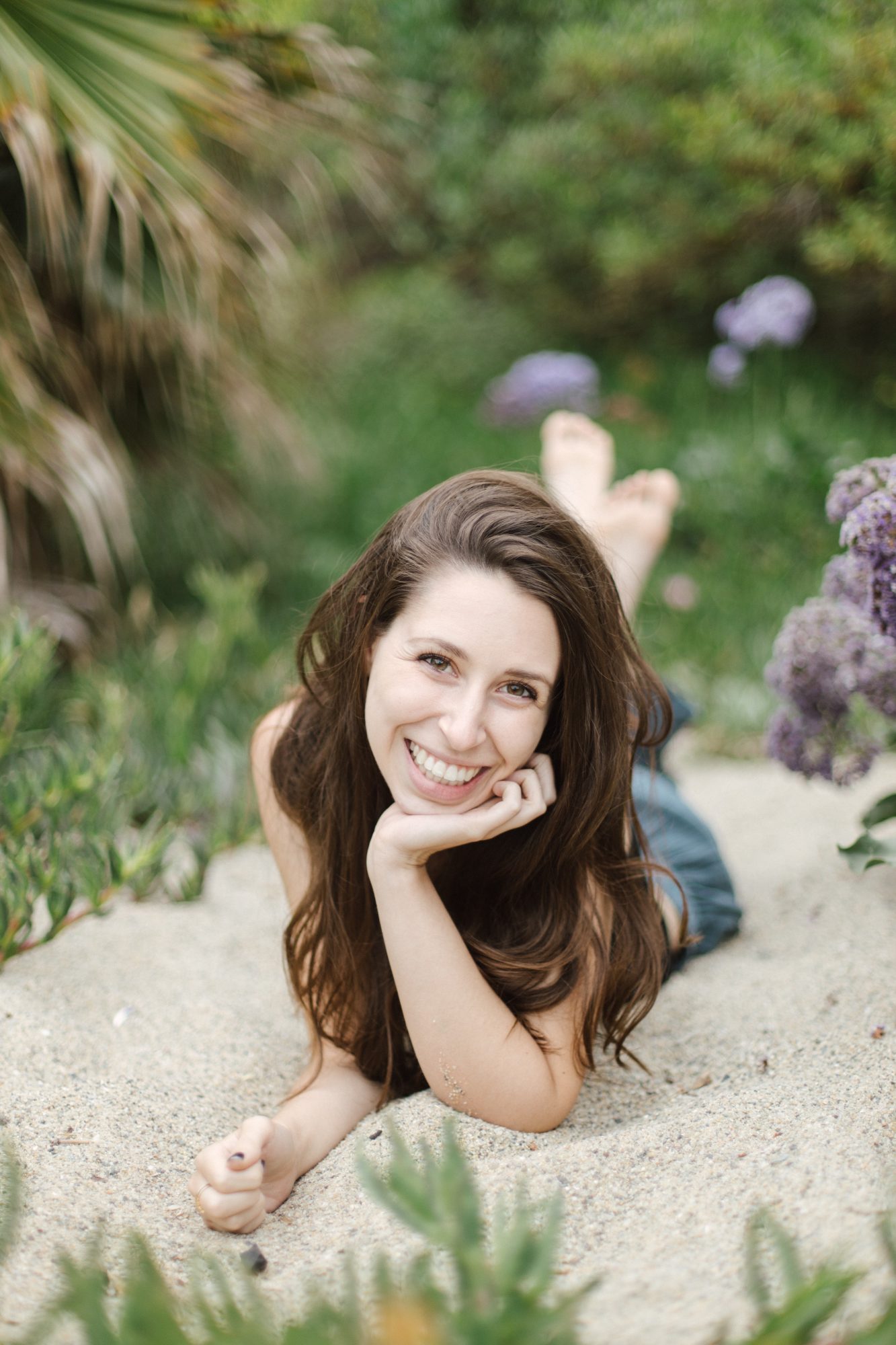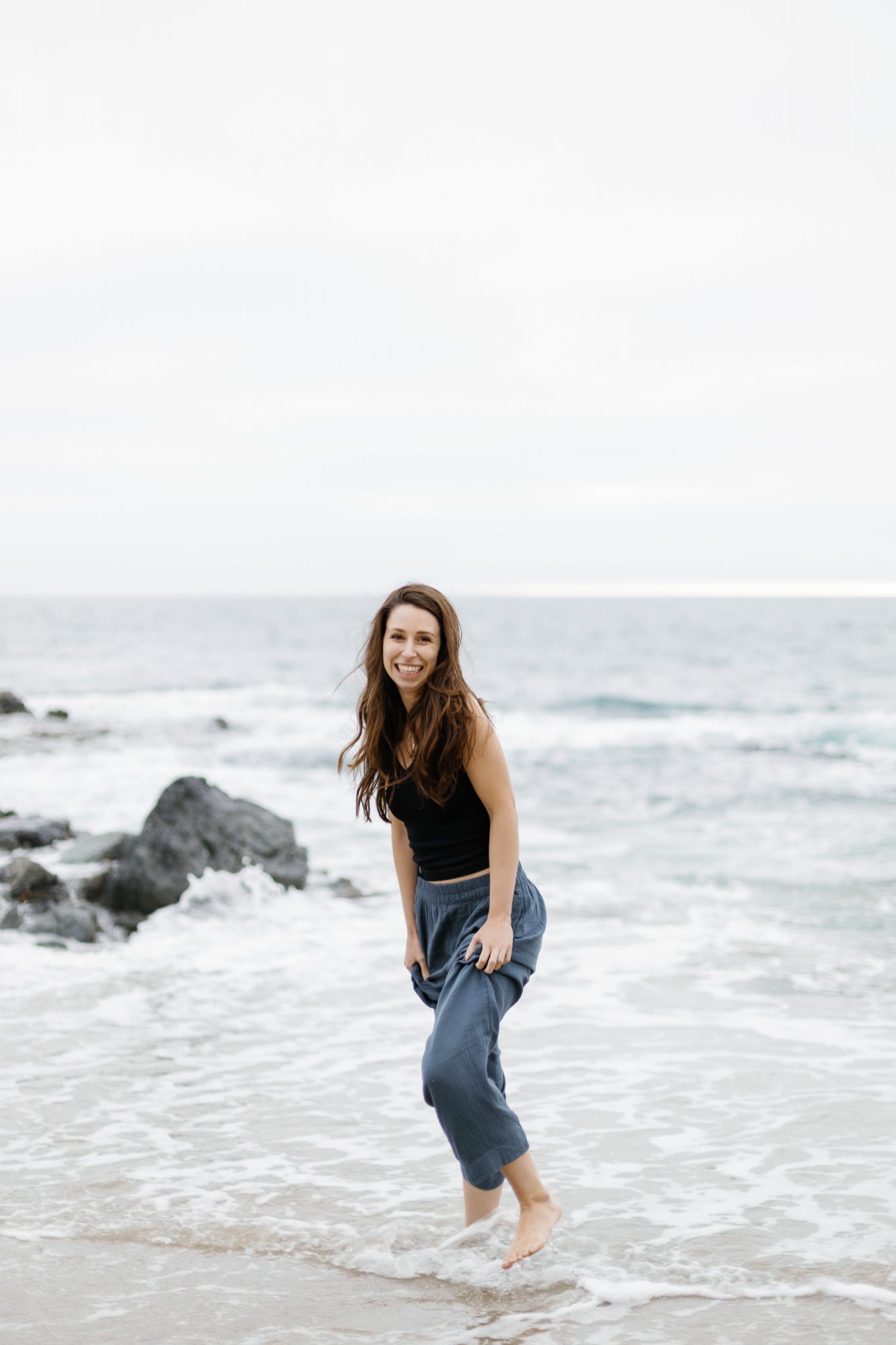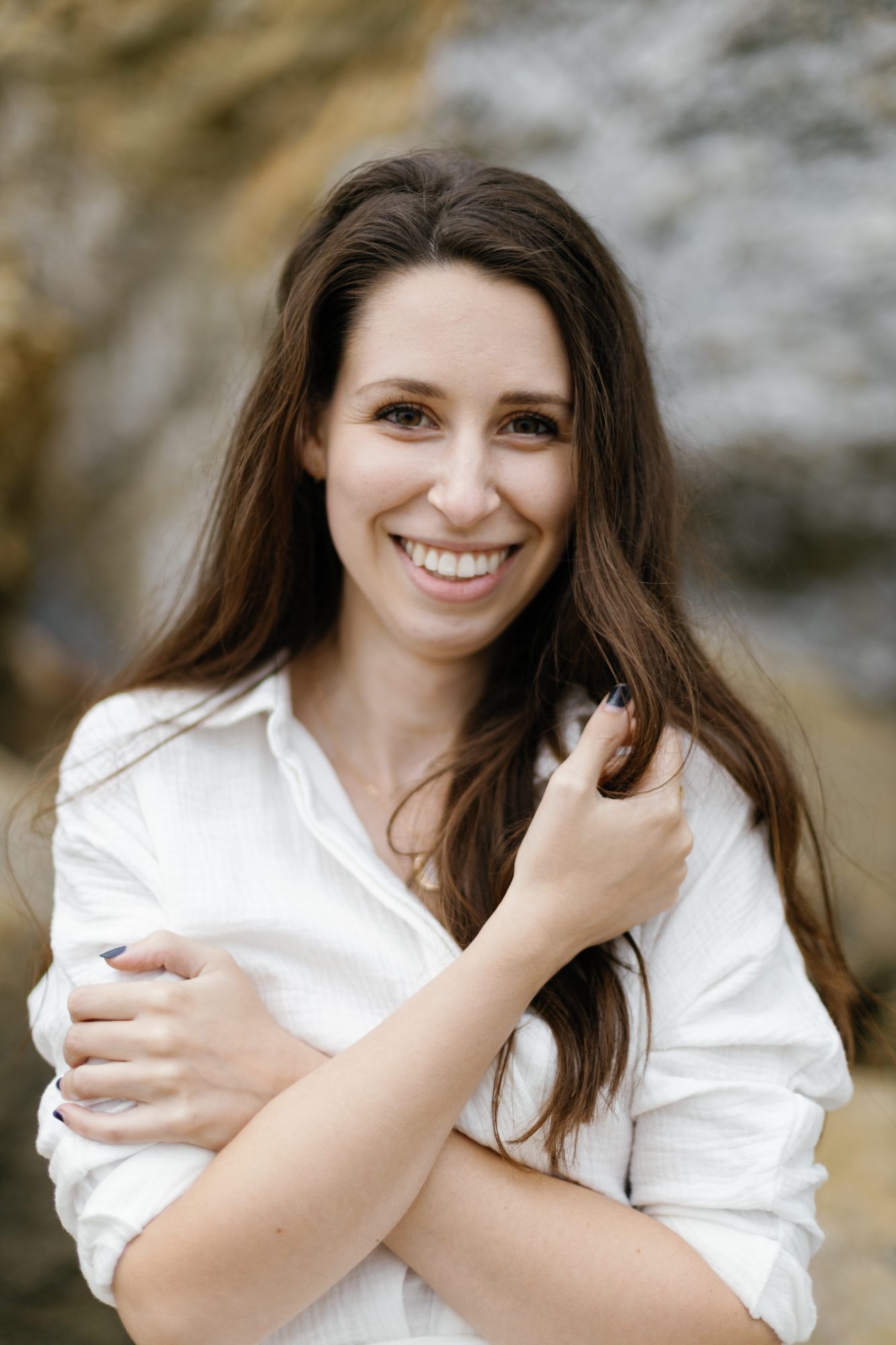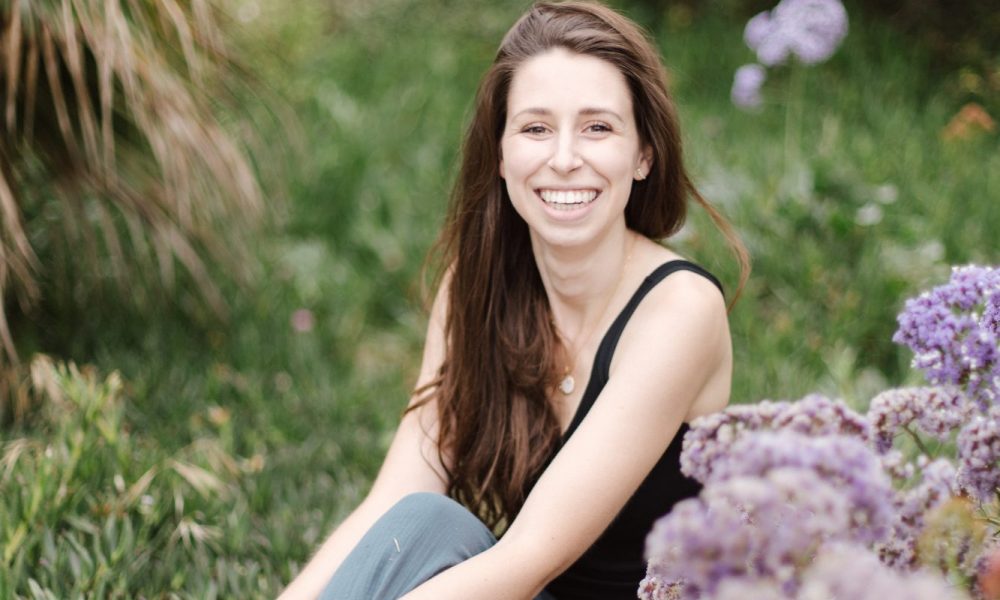

Today we’d like to introduce you to Brianna Shortt.
Hi Brianna, thanks for joining us today. We’d love for you to start by introducing yourself.
My story started during the beginning of the pandemic lockdowns. I had just graduated from nursing school, and I was ready to start pursuing my career. This time of my life was incredibly stressful, and I was filled with constant anxiety. I started to experience my stress and anxiety as pain in my body. I developed severe pain that radiated throughout my lower back, hips, and legs. Walking became incredibly painful. The pain was getting worse each day. I saw several doctors who all had different ideas about how to treat me. I tried several medications, physical therapy, and nerve stimulation treatments. None of it worked. I tried meditation, yoga, acupuncture, cupping, massage therapy, art therapy, strength training, and dieting. Some of these things helped a little, but at the end of the day, I was in constant pain. During this time, I lost my job because working in a hospital became too painful. One of my doctors told me that I would probably be in pain for the rest of my life, and hearing that absolutely crushed me, but I refused to believe her.
I decided that if I was going to be cured of my pain, I needed to find experts on chronic pain and interview them on how to treat chronic pain. That’s when I started my website, Chronic Pain Hope. I wanted to share what I learned with other people who had chronic pain. I started researching and interviewing experts, and I learned so much. I discovered that treating insomnia could reduce chronic pain, so I was placed on medication for insomnia. I started waking up pain-free each morning for the first time in over a year. I learned about graded exposure therapy, and I was able to go on walks without feeling pain.
The interview that changed everything for me was an interview with the executive director of the Pain Psychology Center, Vanessa Blackstone. She introduced me to pain neuroscience education and Pain Reprocessing Therapy. Shortly after this interview, I started receiving therapy from a pain psychologist at the Pain Psychology Center, and I started using an app called Curable. My pain was drastically reduced. I struggled with parts of this process so I started using a virtual reality app called Flowly. I felt my pain decrease even more.
I can’t say that I am completely pain-free yet. Some days, I’m 90% pain-free; other days, I’m 95% pain-free, and every now and then, I am 100% pain-free. Today, I work a full-time job as an ER nurse, and I go rock climbing and surfing on my days off. I can travel, go on road trips, go hiking, and walk without any pain. Chronic pain does not control my life anymore. I still do Pain Reprocessing Therapy, and I strongly believe that someday I will be completely pain-free.
I want other people with chronic pain to have the same experience. I believe that all people with chronic pain have the right to be as educated as possible on their condition and to be made aware of all the resources available to them.
Unfortunately, the healthcare system has failed to do this for patients. That’s the purpose of www.chronicpainhope.com. I have continued to conduct interviews with chronic pain experts, sharing their wisdom on the blog section of my website. I write informational articles based on research, I do book reviews, I have written a long list of resources and treatment options, and I provide as much information as possible on how to recover from chronic pain. My goal is to offer guidance and support on the journey to recovery from chronic pain. There is still so much work to be done, but I love every minute of it. Helping others with chronic pain has become my passion. There is so much hope for the future, and I am so excited to see where this journey will take me.
I’m sure it wasn’t obstacle-free, but would you say the journey has been fairly smooth so far?
Healing from chronic pain has been an incredibly difficult journey. I vividly recall a doctor telling me that progress would often feel like two steps forward and one step back — a sentiment that has proven to be true. The initial eight months were particularly grueling; each day seemed to bring an increase in pain, leaving me feeling trapped in a body that seemed beyond repair.
The first few months of chronic pain was especially challenging. I struggled with a profound sense of confusion about what was happening within me. My doctors, despite their best efforts, were unable to provide a clear diagnosis, and I was left without the educational and informational support that could have really helped me in those early stages. It was a lengthy process to discover the large amount of resources available for individuals coping with chronic pain and to figure out which ones would be most beneficial for me.
Through all of this, I struggled with severe bouts of depression and anxiety. Ultimately, my struggle became so all-encompassing that I needed to return home and lean on my parents for support, as I could no longer take care of myself and or afford to live in my house. Sadly, I also lost many friendships I had formed during college, leaving me with a profound sense of isolation. Those days were undoubtedly the darkest chapter of my life. Looking back, I am immensely grateful to have made it through those trying times and to now find myself in a place of healing and hope.
Thanks – so what else should our readers know about Chronic Pain Hope?
Throughout my journey with chronic pain, I was constantly looking for websites and blogs that were optimistic and provided a guide on how to get through chronic pain. I wanted to hear stories of people who had recovered from their chronic pain. Instead, I found depressing Facebook groups that made the idea of healing sound impossible. I discovered people who had been in constant pain for the majority of their lives. The websites I encountered all seemed to provide the same message: if conventional interventions such as medications, physical therapy, acupuncture, and surgery are not successful, then the only possible outcome is lifelong pain. So, I created Chronic Pain Hope. Chronic Pain Hope has been designed to provide as much education as possible on all types of chronic pain conditions while serving as an optimistic guide for the chronic pain healing process. I created what I was looking for when I was in constant pain.
The evolution of Chronic Pain Hope is an ongoing journey as my commitment to understanding chronic pain continues to expand. I am a member of the International Association for the Study of Pain, which means I have access to research that is not easily accessible to the general public.
Chronic Pain Hope is different from a lot of chronic pain resources out there because we fully embrace the biopsychosocial model for treating chronic pain. While other resources may take a purely biomedical approach, we recognize the importance of treating the whole person. This means that Chronic Pain Hope advocates for treatments that take the patient’s biology, diagnosis, mental health, sleep patterns, diet, exercise, social life, and overall lifestyle into consideration. This type of approach exposes people to not only medication and physical therapy options but also working with pain psychologists, trying an anti-inflammatory diet, treating insomnia to reduce pain, slowly introducing an exercise routine, and so much more. Taking a purely biomedical approach places limitations on all the ways someone can be treated for chronic pain.
Looking ahead, we have a lot of goals for Chronic Pain Hope. In the near future, we would like to create e-books and modules dedicated to chronic pain education as well as creating partnerships with organizations that are known for their success in chronic pain treatment. We hope to connect with more individuals enduring chronic pain and to create an online community that people can turn to for unwavering support.
We’d be interested to hear your thoughts on luck and what role, if any, you feel it’s played for you?
Developing chronic pain during a pandemic was undeniably unlucky. Working with healthcare professionals who did not know how to take my pain away felt even more unlucky. In hindsight, I have come to recognize that I was more fortunate than numerous individuals battling chronic pain, owing to the presence of an unwavering support system. As soon as my pain started, my parents began asking me if I should move back home and let them help me out.
Initially, I was resistant, but after being in so much pain for several months, I finally agreed. Once I was home, my parents took on this battle of chronic pain with me. My mom started making me anti-inflammatory smoothies, doing cupping on my back each night, and buying me art supplies to keep me distracted from the pain. My dad, on the other hand, dove into researching chronic pain and finding the best physical therapists and doctors who could help me. He would drive me to my twice-a-week acupuncture sessions and pay for all of my yoga classes.
I was so lucky to have parents who could financially support me through this process. They were very involved in my healing process. Without that type of support system, I would not have made my way out of pain.
My parents did their absolute best to help me get through the pain. I am aware that not everyone facing chronic pain has such an extensive support system. For some, their families may be dismissive of their pain or incapable of providing support. To get through chronic pain or any health condition, having a strong support system makes a significant difference. The support system can involve family, friends, support groups, therapists, a church, or any group of individuals. At the end of the day, people need people.
I would also like to express gratitude for the people I have met on this journey. There have been instances where individuals have believed in my business ideas and generously extended their support. In the beginning, it was just my dad giving advice and talking over ideas with me. Today, I have the privilege of working with an incredible business partner who understands how to start and run a business.
Luck has played a huge role in this journey. My circumstances and events that I have had no control over have set me up for success. While I have worked incredibly hard to get where I am today, I am aware that my life has been filled with privilege that has made this journey easier for me.
Contact Info:
- Website: www.chronicpainhope.com
- Instagram: chronic.pain.hope
